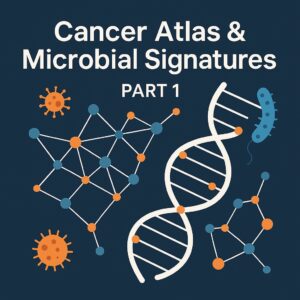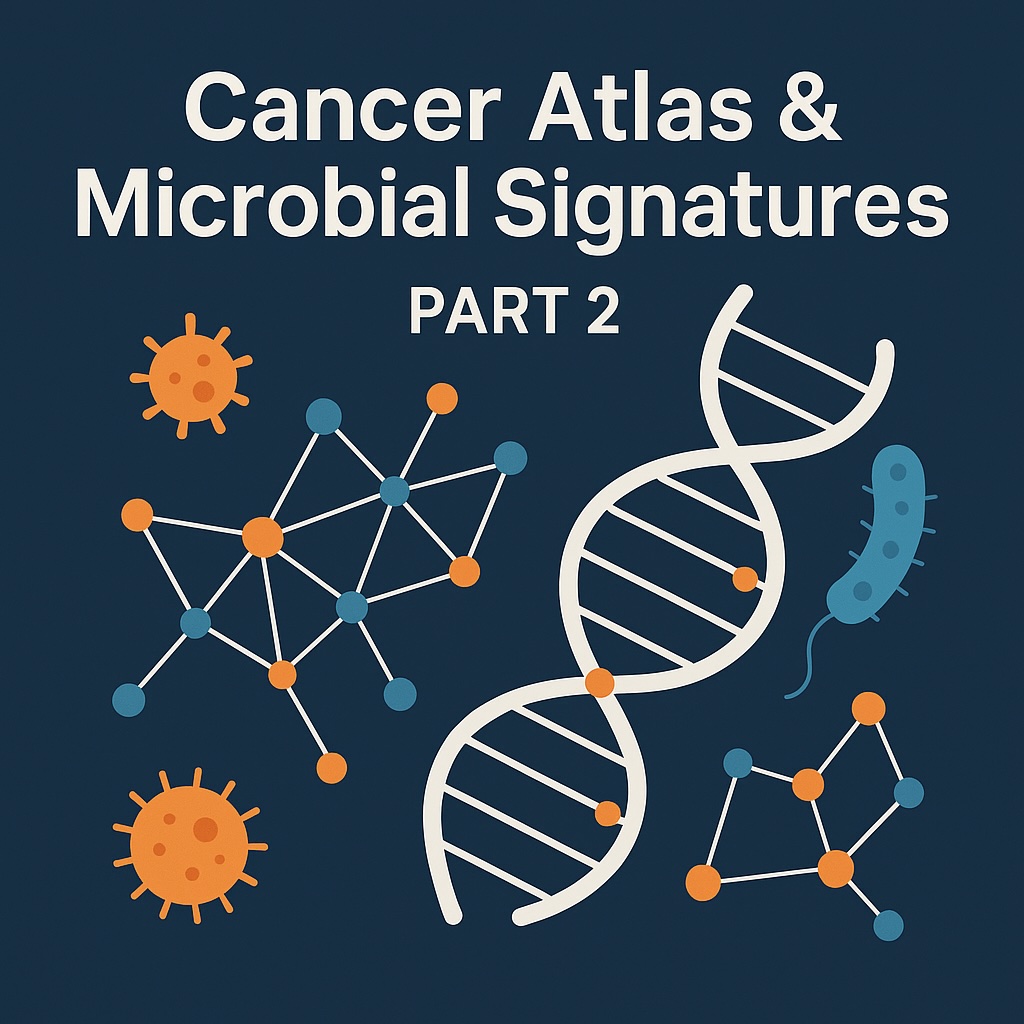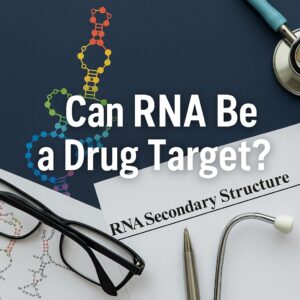Building on Part 1, this expert-oriented post distills practical guidance from the recent TCGA re-analysis and the Genomics England WGS study. The core message is realistic but enabling: robust microbial signatures exist, but in limited contexts. With disciplined QC and validation, those contexts can deliver clinical and industrial value.
QC for low-biomass data: the non-negotiable checklist
- Human read removal and residual tracking: Use redundant methods to subtract human reads; visualize residuals with negative controls and in-silico spikes to avoid human-to-microbe misassignment.
- Known contaminants: Monitor kit-borne and environmental taxa; preserve metadata on center, lot, date, storage, and pre-analytics to model batch factors explicitly.
- FFPE/PCR effects: FFPE can dominate batch signal; prefer fresh-frozen and PCR-free libraries where possible, and stratify or exclude FFPE mixes to prevent bias.
- Detection thresholds and confidence: Do not apply a one-size-fits-all read cutoff. Estimate limit of detection (LoD) and false-positive rates (FPR) from negative controls and report them.
- Controls and spikes end-to-end: Include negative/positive controls (e.g., mock communities) through wet-lab and bioinformatics to measure recovery and contamination across the full pipeline.
Confounding and leak prevention: modeling principles
- Block your splits: Random splits are risky. Block by patient, center, time/lot to prevent information leakage.
- Handle batch carefully: Consider both removal (e.g., ComBat-like approaches) and explicit covariate modeling; beware over-correction that erases true signal.
- Prefer PR metrics when prevalence is low: Report PPV/NPV and PR-AUC alongside ROC-AUC for a truthful performance picture.
- Stability of selected features: Use resampling (bootstrap/CV) to quantify feature stability and derive a stable subset of taxa rather than a brittle long list.
- External validation is mandatory: Always test on truly independent cohorts (e.g., improved TCGA, Genomics England, PCAWG) before claiming generality.
Where microbial signatures likely add value (near-term)
1) Colorectal cancer (CRC)
Multiple cohorts reproduce a discriminative microbial signature. Evaluate as a complement to existing screening tools (FIT, colonoscopy) with rigorous PPV-centric thresholds and decision-curve analysis. Negative controls and prospective calibration are critical.
2) HPV-related head & neck cancers
HPV detection by WGS can reach high sensitivity and specificity as a supplement to standard assays. Embed it into a predefined diagnostic algorithm; document handling of discordant results.
3) Viral findings of clinical relevance (e.g., HTLV-1)
Adopt stringent alignment/confirmation criteria and a reportable-finding framework (with reflex PCR/serology) to minimize false calls while enabling actionable reporting.
4) Prognostic stratification in selected tumors
Signals such as anaerobe-enriched sets may correlate with outcomes in defined contexts. Prioritize mechanism-aware studies (TME, immunity, metabolism) and pre-register validation analysis plans.
Practical pipeline memo (from input to operations)
- Inputs: WGS/WTS FASTQs and rich metadata (center, lot/date, storage, FFPE/PCR, body site, time-to-freeze).
- Pre-processing: Quality trimming → human read subtraction → multi-tool microbial assignment → contamination filtering.
- QC reporting: Recovery in negative/positive controls, LoD/FPR estimates, FFPE impact, batch visualizations.
- Learning/evaluation: Blocked CV, PR-AUC and PPV/NPV emphasis, feature-stability checks, independent-cohort testing.
- Operations: Versioned references and databases, pinned pipeline containers, full documentation, and audit logs.
The atlas role and how to improve it
- Standardized controls: Publish negative/positive controls per center/lot; make them first-class citizens of the dataset.
- Richer, machine-readable metadata: Include pre-analytics (FFPE/PCR/storage), transport, kit lot numbers.
- Reference versioning transparency: Track and publish database and pipeline versions to support reproducible re-analysis.
- Multi-layer integration: Deeply link genome, transcriptome, methylome, immune repertoires, spatial data, and microbiome.
- Unified quality metrics: Require reporting of LoD, FPR, and batch magnitude; define pass/fail criteria for negative controls.
- Geography and diet matters: Harmonize across regions and lifestyles to strengthen external validity.
Worked examples: likely landing zones by stakeholder
Academia
- Test causality via models (gnotobiotic animals, organoids) and spatial omics to localize microbe–host interactions.
- Dissect microbe–immune–metabolic triads in the TME.
- Advance methods for control design, LoD estimation, and contamination forensics.
Clinic
- Evaluate CRC microbial signatures as adjunct screening biomarkers.
- Deploy HPV/HTLV-1 confirmation workflows as supplemental diagnostics.
- Prospective validation for response prediction and prognostic stratification.
Industry (Dx & Therapeutics)
- Translate host–microbe insights into mechanism-anchored targets and companion biomarkers.
- Offer QC standard packs (controls, analysis templates, audit trails) for multi-center trials.
My perspective: a roadmap for comprehensive analyses and next-gen atlases
Bottom line: The finding that microbial signatures are useful but limited is not a setback—it’s progress. By focusing resources where signatures are reproducible, we can accelerate real-world impact. Three priorities:
- Institutionalize low-biomass QC: Make negative/positive controls, LoD/FPR estimates, FFPE impact, and kit/lot metadata mandatory atlas fields.
- Embrace multi-layer and spatial data: Connect WGS/RNA with spatial transcriptomics/proteomics/metabolomics to map where microbes reside and how they modulate immunity and metabolism in situ.
- Global harmonization: Systematically include regional and dietary diversity to raise external validity stepwise.
Ultimately, we need a next-generation atlas with transparent versioning, auditable pipelines, and routine publication of LoD, FPR, and batch metrics. When anyone can re-run the analysis and reach a comparable conclusion, we will have the right foundation for trustworthy microbiome-in-cancer science.
Summary
Microbial signatures are not universal across all cancers, but they are reproducible in select contexts. With disciplined QC and cross-cohort validation, they can support diagnostics, stratification, and mechanistic discovery. Comprehensive, atlas-driven science will broaden those contexts and make them reliable in practice.
This article was edited by the Morningglorysciences team.







Comments